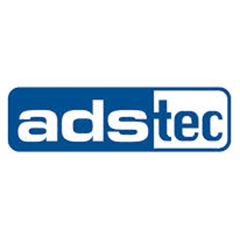For more than 100 years, the hydro power plant in Dörverden has been a reliable supplier of sustainable electricity. Now, the plant gets a powerful upgrade in the form of a modern lithium-ion large battery system made by ads-tec, to provide important network services for the local connection. With a capacity of 3 megawatts the highly dynamic system regulates fluctuations in grid frequency, which is rated at 50 Hz.
If generation capacity and consumption of power fail to coincide, there may be fluctuations in grid frequency. As network load decreases the grid frequency goes up. Conversely, if users demand more power, grid frequency goes down. The same is true for power generation. The entire power grid exists on the premise that grid frequency averages around 50.0 Hz. Even minute changes have to be counteracted immediately to keep grid frequency stable. This is imperative to power user, since it has a direct impact on their correct operation. In order to keep grid frequency at 50 Hz, power providers us a proven method called primary balancing power.
Up to now, conventional power plants have provided primary balancing power for themselves. This is still largely the case today. However, modern battery storage systems are more flexible and more dynamic. Without using fossil fuels, battery storage systems can operate at a stable 50 Hz and generate or accumulate power from the batteries, depending on which way the grid frequency deviates.
Norwegian energy group Statkraft was one of the first companies to invest in this modern primary balancing power technology. Moreover, the project in Dörverden is not a subsidized project as is the case with many other, similar approaches. Instead, it’s an independent commitment made by Statkraft. In close cooperation the safe and powerful battery system was integrated into the automated management systems and approved by the network operator. Three container-housed systems provide a total capacity of more than 3 megawatts.





























